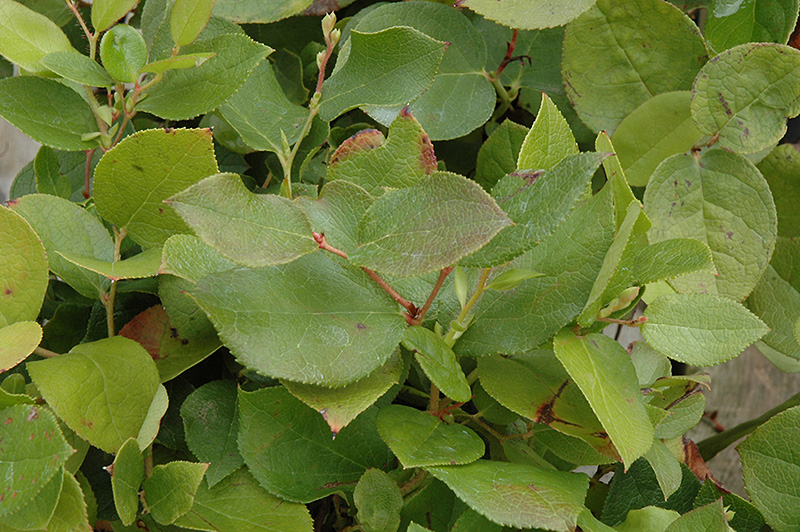Shonnard’s Nursery
Plant Finder Tool
Height: 4 feet
Spread: 3 feet
Sunlight:
![]()
![]()
![]()
Hardiness Zone: 6b
Other Names: Oregon Wintergreen
Description:
This vigorous plant, once established is virtually carefree, except for the need to trim away dead branches and remove suckers; berries are edible and attractive to birds and squirrels
Ornamental Features
Salal is bathed in stunning nodding shell pink bell-shaped flowers with white overtones at the ends of the branches from mid to late spring. It has dark green evergreen foliage. The oval leaves remain dark green throughout the winter. It produces plum purple berries from early to late fall.
Landscape Attributes
Salal is a dense multi-stemmed evergreen shrub with a mounded form. Its relatively coarse texture can be used to stand it apart from other landscape plants with finer foliage.
This is a relatively low maintenance shrub, and should only be pruned after flowering to avoid removing any of the current season's flowers. It is a good choice for attracting birds, squirrels and hummingbirds to your yard, but is not particularly attractive to deer who tend to leave it alone in favor of tastier treats. Gardeners should be aware of the following characteristic(s) that may warrant special consideration;
- Suckering
Salal is recommended for the following landscape applications;
- Groundcover
Planting & Growing
Salal will grow to be about 4 feet tall at maturity, with a spread of 3 feet. It tends to fill out right to the ground and therefore doesn't necessarily require facer plants in front. It grows at a medium rate, and under ideal conditions can be expected to live for approximately 10 years.
This shrub performs well in both full sun and full shade. It requires an evenly moist well-drained soil for optimal growth, but will die in standing water. It is particular about its soil conditions, with a strong preference for rich, acidic soils, and is able to handle environmental salt. It is somewhat tolerant of urban pollution, and will benefit from being planted in a relatively sheltered location. Consider applying a thick mulch around the root zone in winter to protect it in exposed locations or colder microclimates. This species is native to parts of North America.

